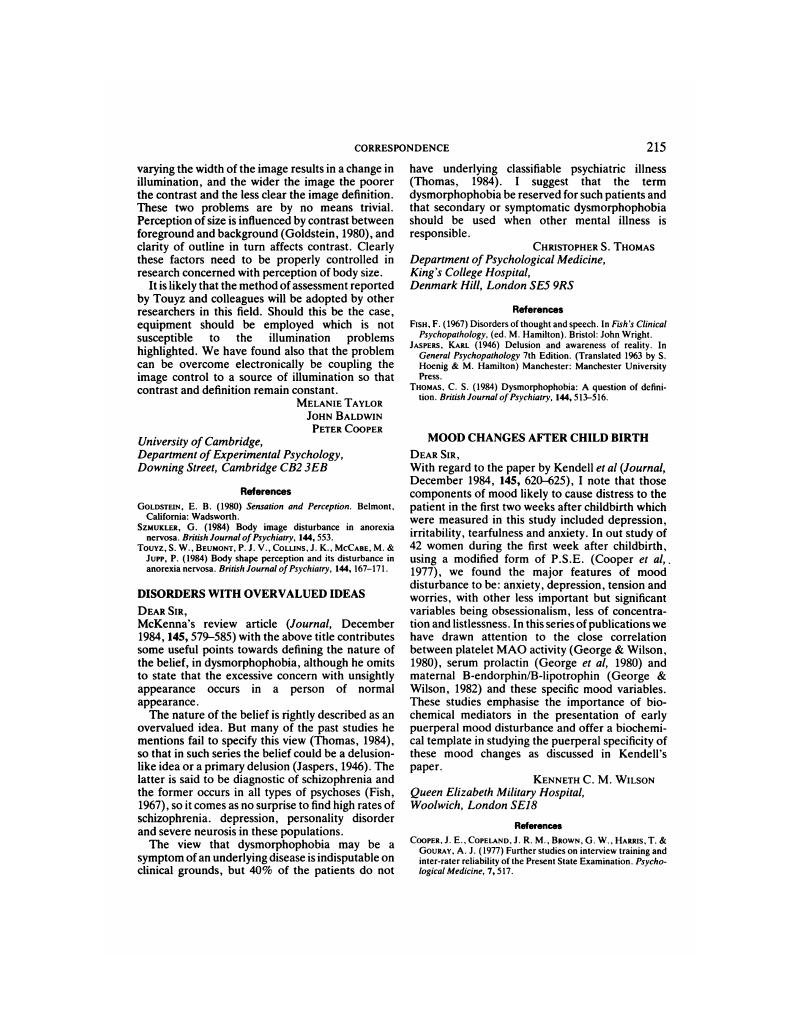Crossref Citations
This article has been cited by the following publications. This list is generated based on data provided by Crossref.
Stark, M.
Boslau, O.
Feilitzsch, F.v.
Goldstraß, P.
Jochum, J.
Kemmer, J.
Potzel, W.
and
Rau, W.
2005.
Application of the Neganov–Luke effect to low-threshold light detectors.
Nuclear Instruments and Methods in Physics Research Section A: Accelerators, Spectrometers, Detectors and Associated Equipment,
Vol. 545,
Issue. 3,
p.
738.
Lattaud, H.
Arnaud, Q.
Billard, J.
Colas, J.
Dumoulin, L.
De Jésus, M.
Juillard, A.
Gascon, J.
Marnieros, S.
and
Oriol, C.
2022.
Phonon and Charge Signals from IR and X Excitation in the SELENDIS Ge Cryogenic Detector.
Journal of Low Temperature Physics,
Vol. 209,
Issue. 3-4,
p.
263.






eLetters
No eLetters have been published for this article.